A __________ occurs when the Moon passes between the Sun and the Earth
solar eclipse
What is the name of our galaxy?
The Milky Way
What is the only other planet in our solar system that we believe could sustain life?
Mars
The first human in space
Yuri Gagarin (He orbited the Earth in 1961)
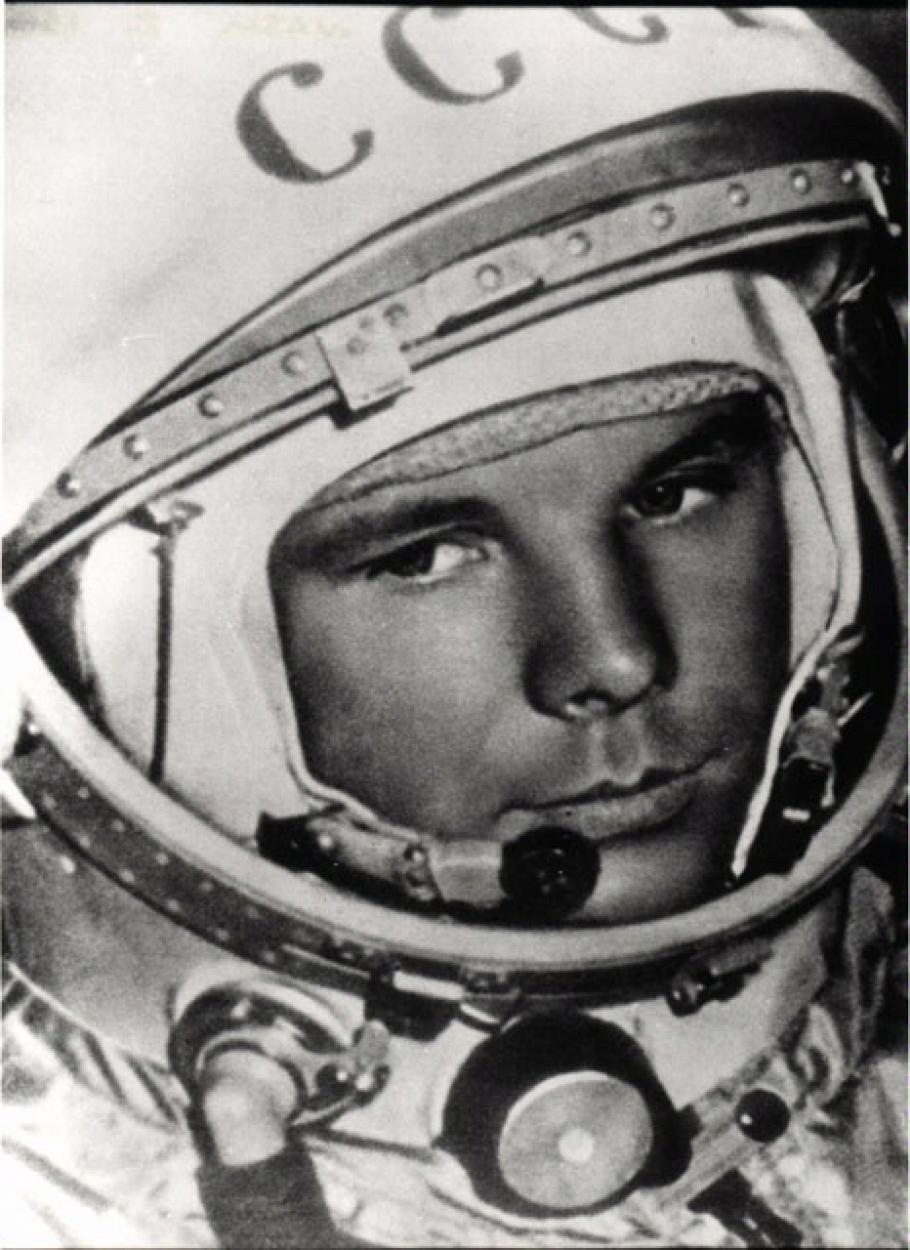
What star is closest to Earth?
The Sun!
What do we call spinning of the Earth around the Sun?
Revolution
The gravitational pull of the moon on Earth's oceans result in...
tides
The planet in our solar system with the most moons, and it also has the largest moon in our solar system.
Jupiter
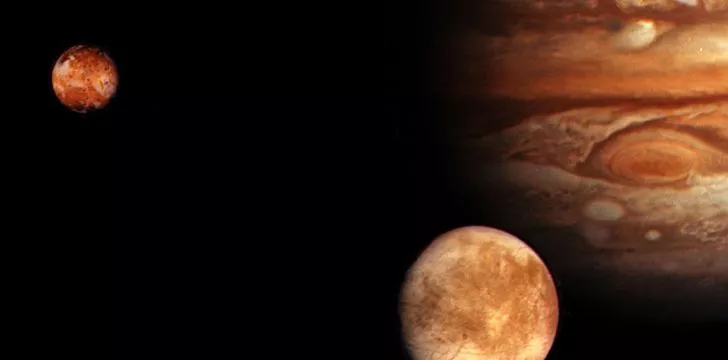
What languages the astronauts required to know to work at International Space Station?
English and Russian
The term "Runglish" was popularized by Cosmonaut Sergei Krikalev in 2000, describing the way Russian and American cosmonauts spoke on the International Space Station. Cosmonaut Sergei Krikalev said: "We say jokingly that we communicate in 'Runglish,' a mixture of Russian and English languages, so that when we are short of words in one language we can use the other, because all the crew members speak both languages well." Ever since, NASA has begun listing Runglish as one of the on-board languages.
What are stars 98% made up of?
First, stars are made of very, very hot gases. They contain small amounts of elements like oxygen, nitrogen, and carbon, but they're around 98% hydrogen and helium, the two lightest elements in the universe.
Example of a Natural Satellite
The moon
Why does the tail of a comet always point away from the sun?
The solar wind
In our solar system that are 4 planets known as gas giants. Name at least one of them.
Jupiter, Saturn, Uranus & Neptune.
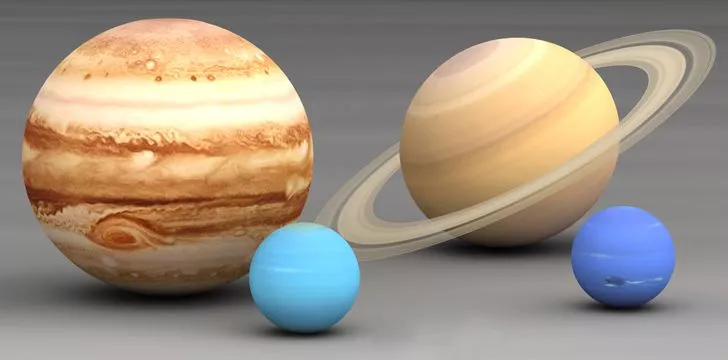
How many people walked on the Moon?
A. 1
B. 5
C. 12
C. Twelve people have walked on Earth's Moon. The first one was Neil Armstrong and the last one was Harrison Schmitt. All crewed moon landings took place between July 1969 and December 1972 as part of the United States Apollo program. All twelve people who have walked on the Moon are American men.
What has a gravitational pull so strong that even light cannot escape it?
A black hole
What phase of the moon is shown here? 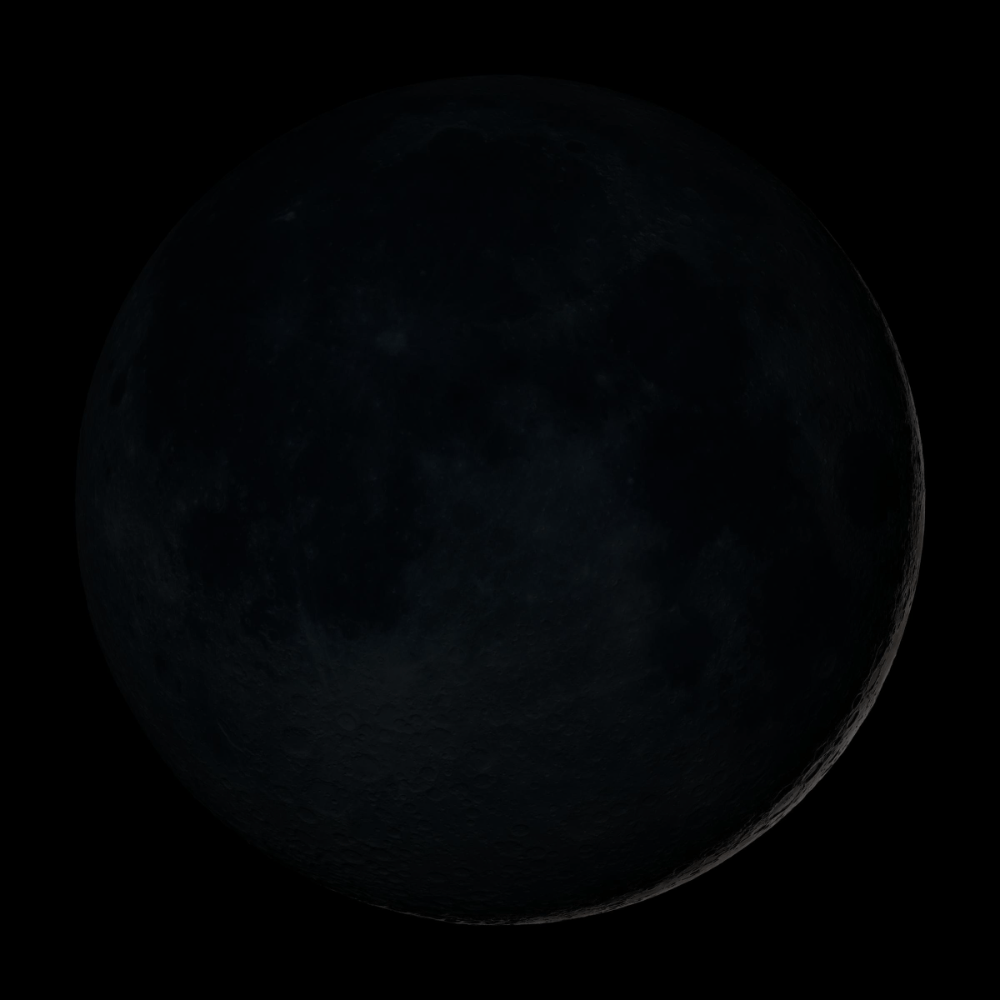
New Moon
One revolution on Earth is how long?
365 days
Why footprints left on the Moon won’t disappear?
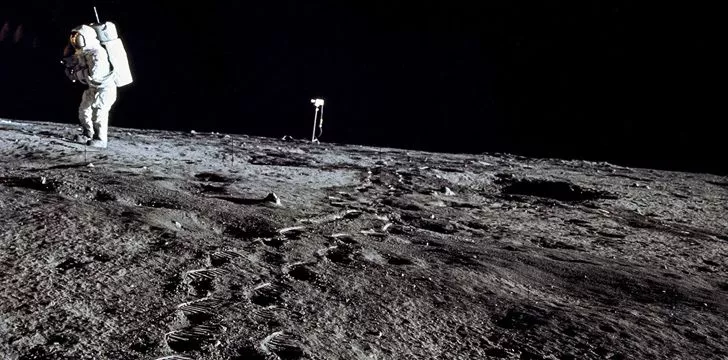
Because there is no wind there!
The International Space Station circles Earth every
A. 92 minutes.
B. 13 hours.
C. 3 days
A. 92 minutes.
The speed of the ISS as it orbits Earth is roughly 17,150 miles per hour – that equates to 5 miles a second!
When we go outside on a clear night, we can see that the stars make patterns in the sky. What do we call these patterns?
Constellations
What causes to have four seasons?
Seasons are the result of the tilt of the Earth's axis.
The hottest planet in our Solar system is ........
Venus!
Most people think that this would be Mercury, as it is the closest planet to the sun. However, Venus has a lot of gasses in its atmosphere which creates a “Greenhouse Effect” that causes a constant temperature of 864° Fahrenheit (462° Celsius) everywhere on the plant’s surface.
The planet with the most volcanoes in our solar system is ......
Venus!
There are more than 1,600 major volcanoes across the surface of Venus, including a 5 mile (8 km) high volcano called Maat Mons.
However, none of these volcanoes are known to be erupting at present and most are probably long extinct.
The largest manned object ever sent into space is ....
The International Space Station
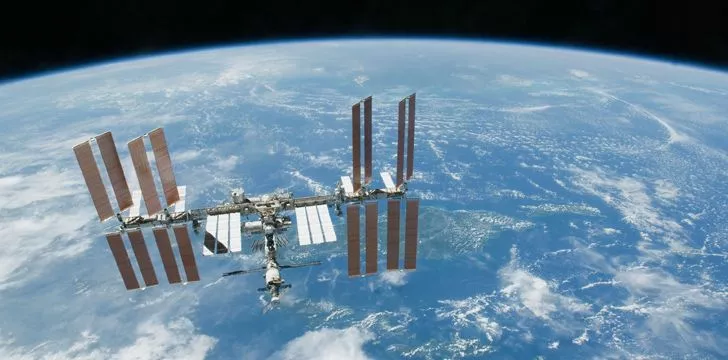
What's hotter red giants or white dwarfs?
A white dwarf has a higher surface temperature than a red giant star.